The China Strait was a straightforward affair, thank goodness; yesterday afternoon, I increased speed slightly and this brought us into the Straits before the tidal stream became up to strength, Gerd, Staff Captain, took her through with the Bridge team, (Friso left on leave in Sydney).
Alotau lies in Milne Bay; the bay being surrounded by mountains and jungle, its main export is palm oil. It is located at the eastern tip of mainland Papua New Guinea and remains the gateway to some of the most remote island communities in the world.
It is also the scene of a small, but highly significant battle during WW2. The main Japanese base in the Pacific, Rabaul, lies a stone’s-throw away, 65 miles, or 100 kilometres. They had been progressing slowly south with the aim of securing Port Moresby and thus having a strategic port to mount an assault on Australia.
The Japanese were being delayed by the Aussies on the Kakoda Trail, in central New Guinea, where the fighting was hard and in atrocious conditions. An attempt was made to outflank the Allies, with a landing of Japanese Marines into Milne Bay. Here were a contingent of Aussies and some U.S. Army engineers, building airstrips. To cut a long story short, after 7 days and fierce fighting, the Japanese withdrew, having been beaten back to the sea. The significance of this battle was that it was the first time in the Second World War that the Japanese were beaten after establishing a beachhead and provided an enormous morale booster to the Allies.
There are numerous monuments in the town and further down the coast road, near the airstrip (still existing) that cost so many lives.
The town itself is the largest, (by far) in the area and as a consequence, local inhabitants from the outlying villages and islands come by ferry and bus to buy their goods. Having loaded themselves up, they then make their way to their chosen means of transport. There are colourful markets and people galore, all doing the ‘monthly’ grocery shop. Enormously friendly, our guests were safe in the knowledge they could walk into town to enjoy the sights or take one of the numerous mini-bus taxis. During my walk around, all I heard was ‘hi’ and ‘hello’; there was not one request for money or any attempt to harass me.
I was fortunate enough to be taken by the agent’s representative Vali and his friend Steve on a lightning tour of the monument sites and the local stalls.
The ‘bus’ station was crowded, as were the areas around the ferries. I use the terms loosely, for the ‘buses’ were open lorries and the ‘ferries’ were glorified fishing boats.
During the afternoon, the wind came up and it proved to be too strong ( 30-35 knots) to get off the berth. I had to wait patiently for an hour until it had subsided sufficiently to get off. We are now on our way to Madang, on the north coast, however first we must negotiate the Nuakata Passage through the reefs this evening and then, tomorrow, the Star Passage. I find it amazing that, during WW2, some great sea battles were fought in this area; the navigation, while fighting at high speed and without modern navigation aids, must have been awesome.
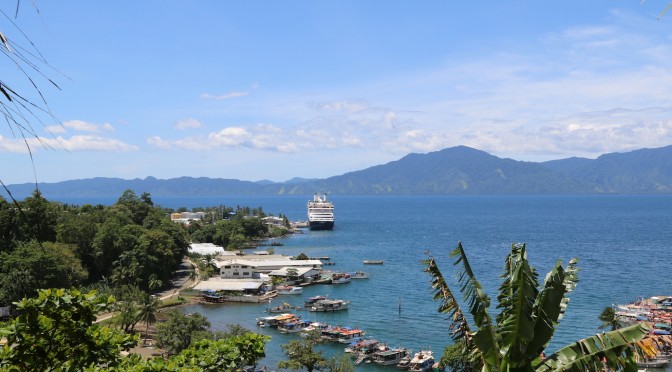
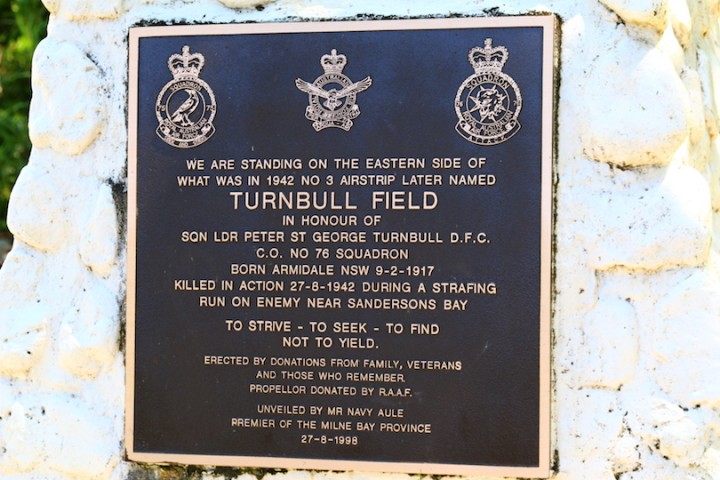
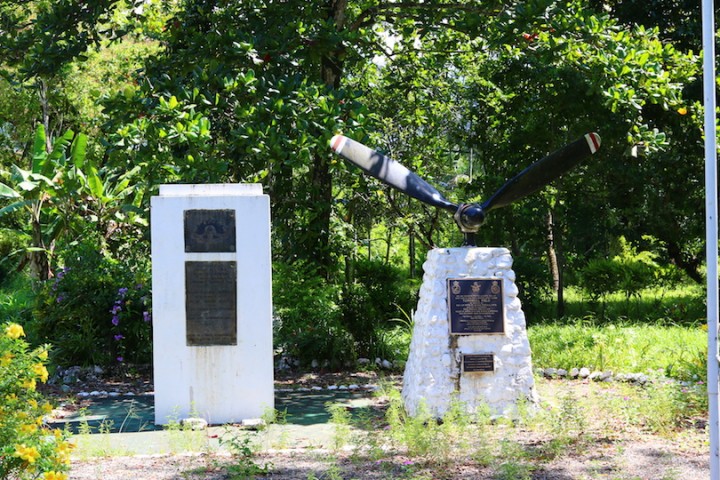
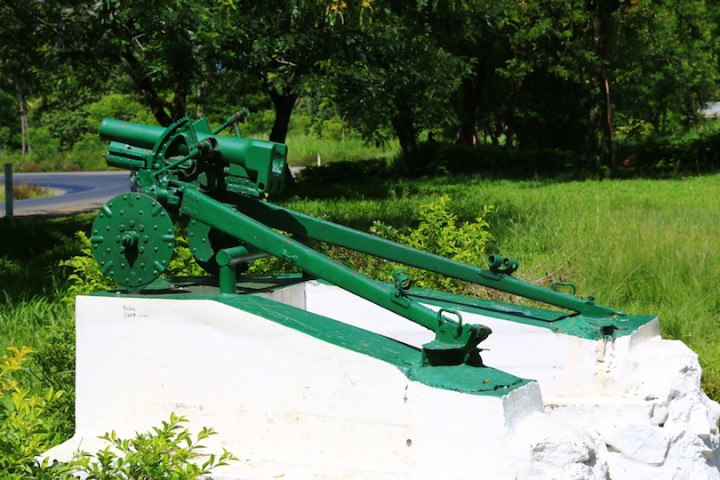
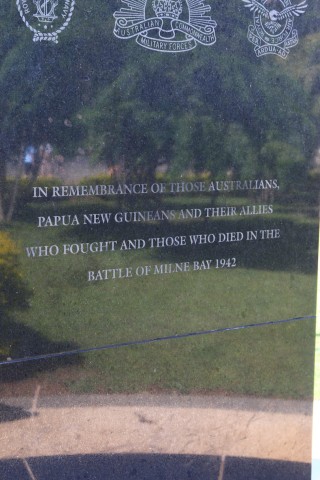
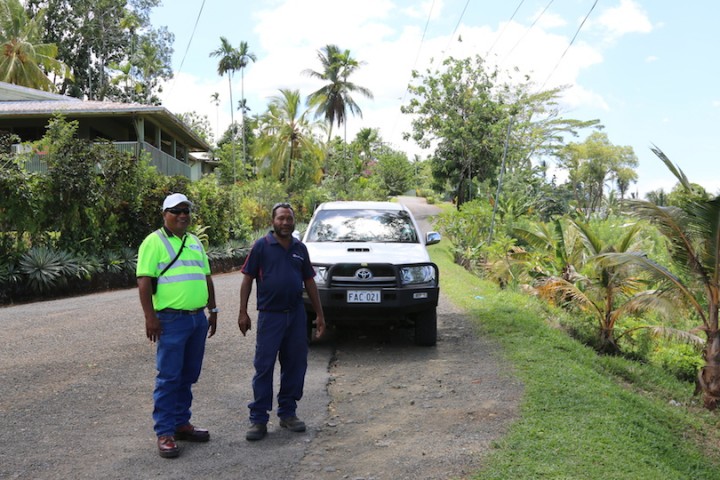
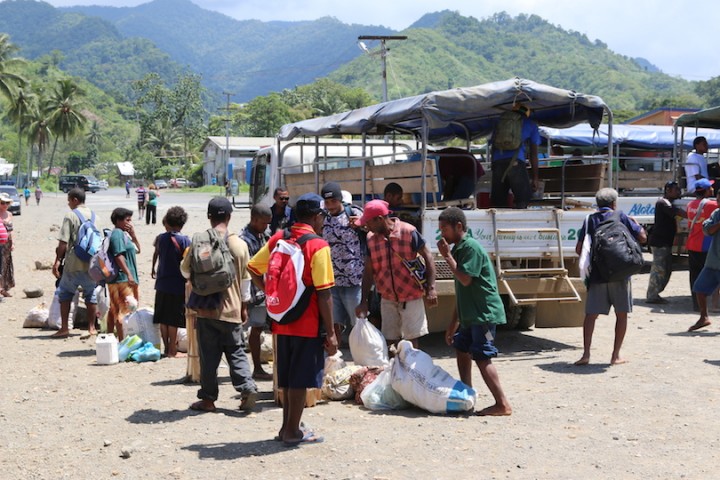
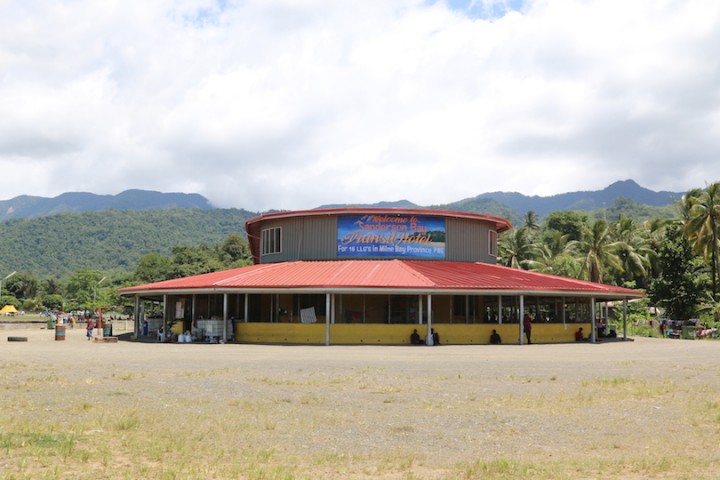
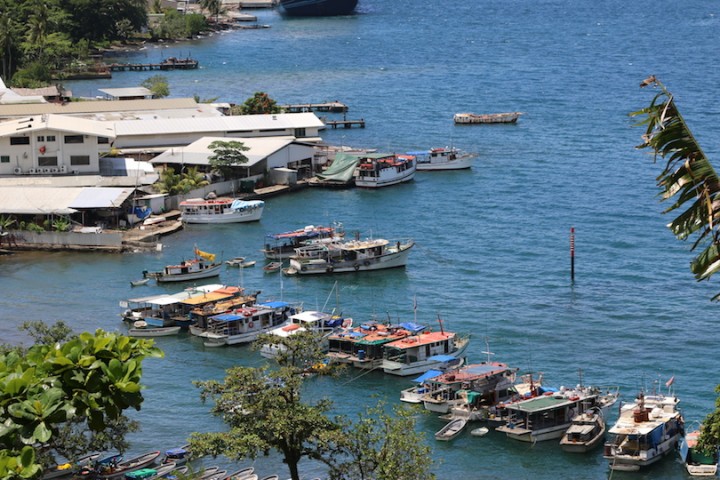
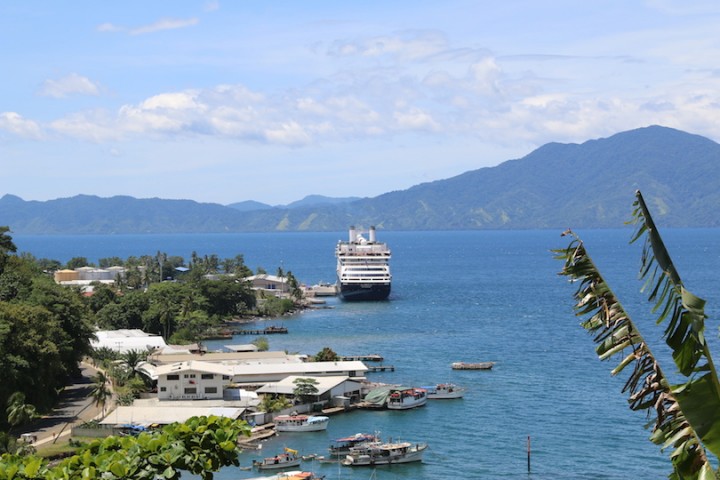
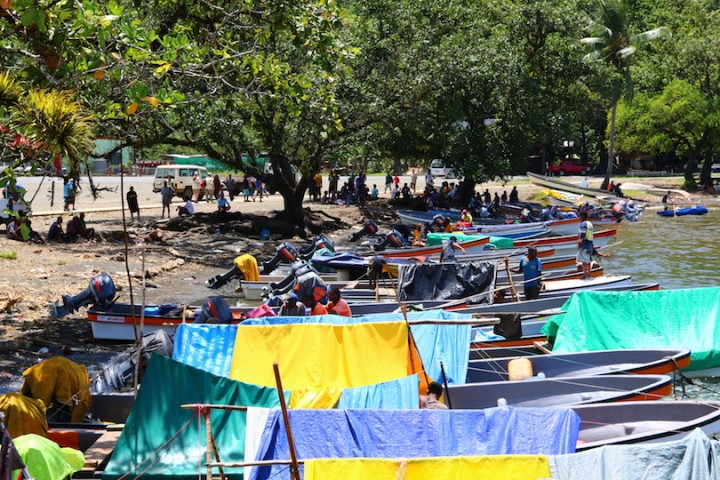
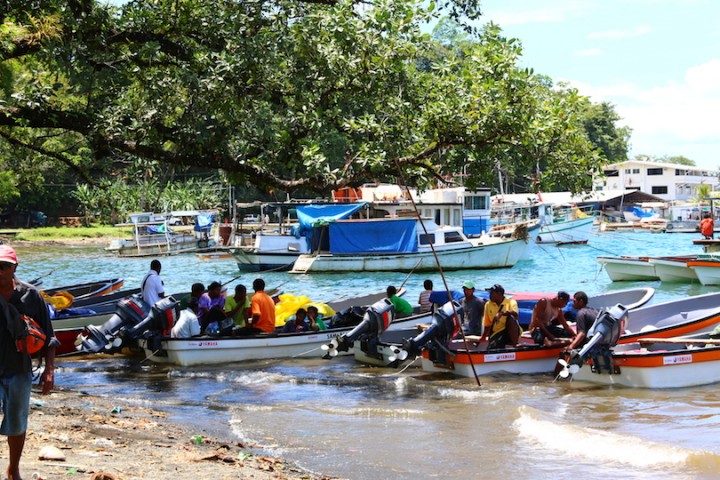
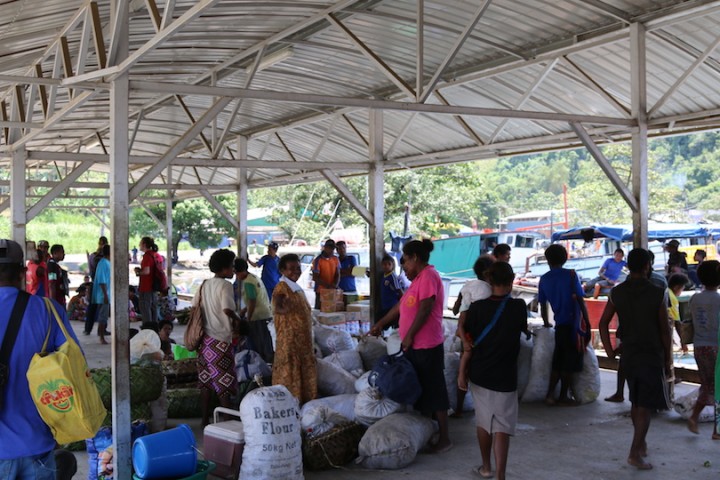
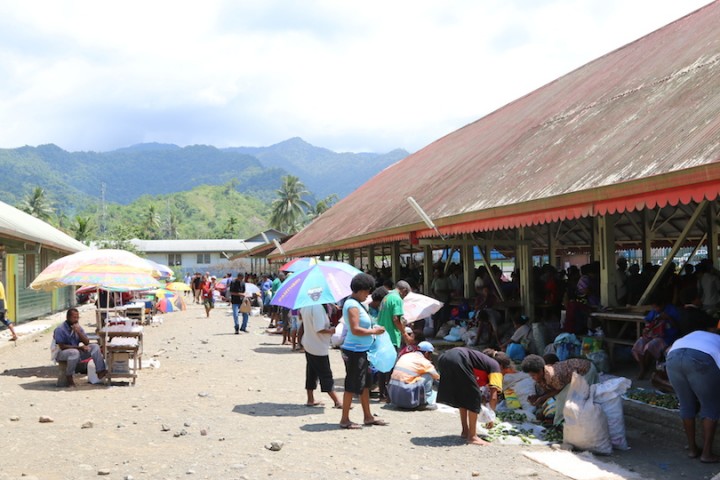
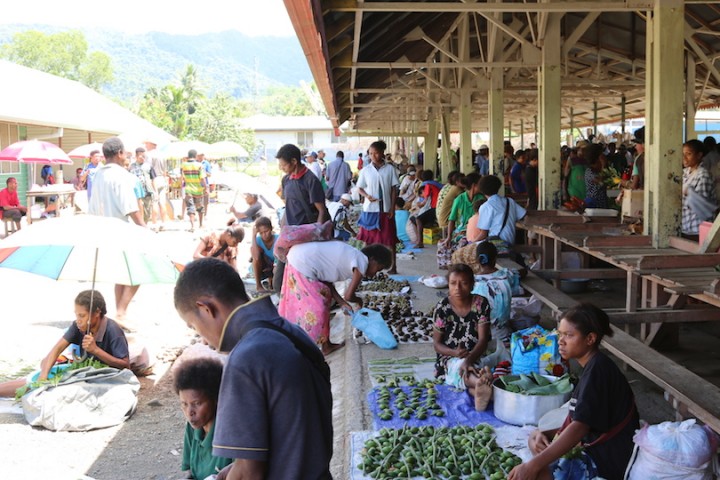
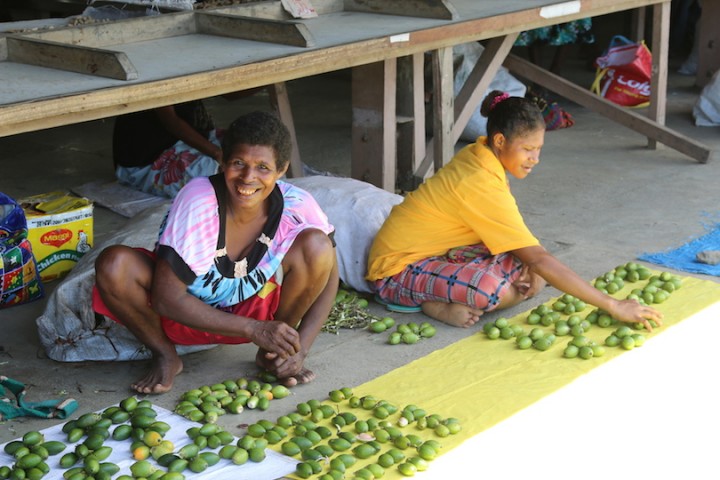
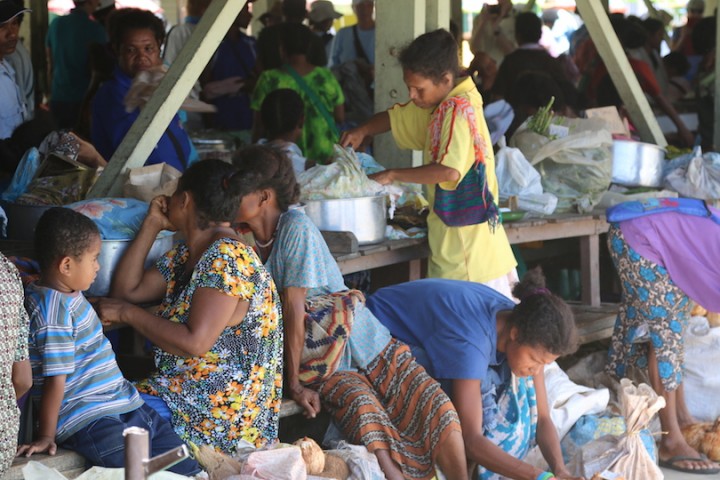
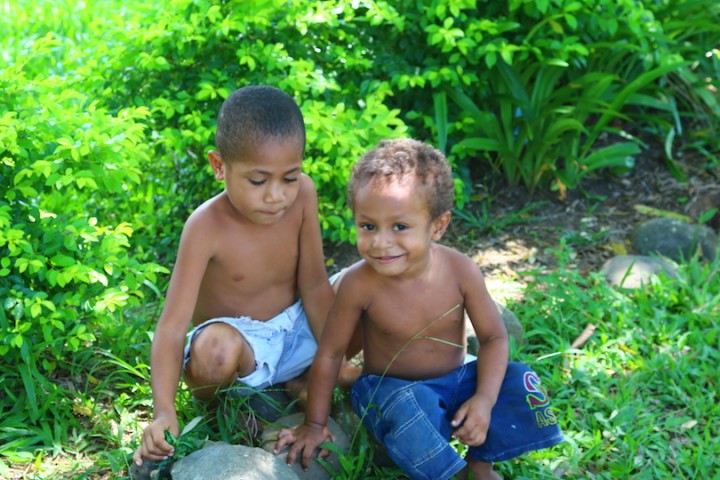
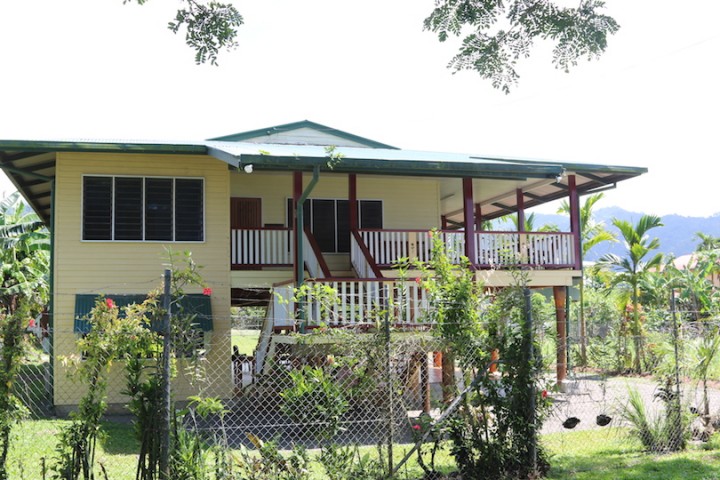
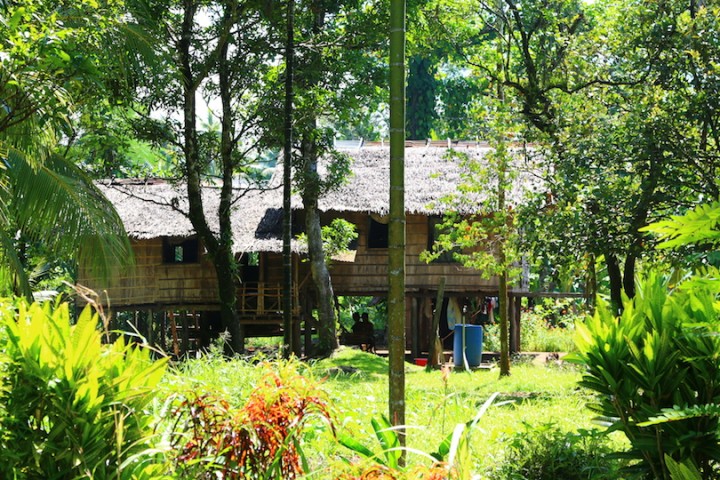
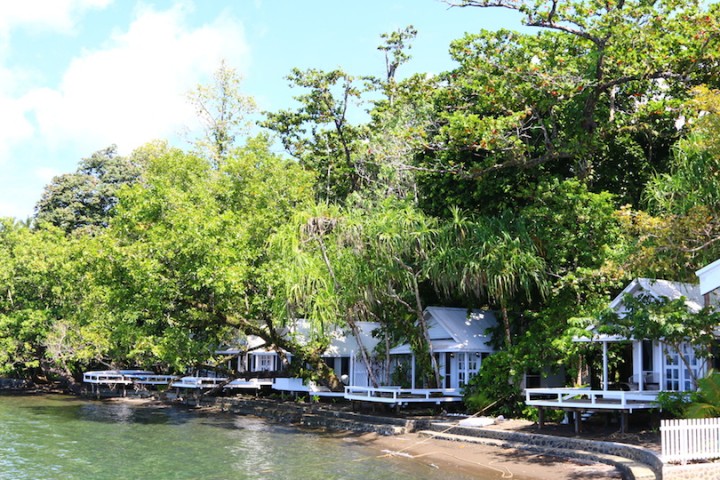
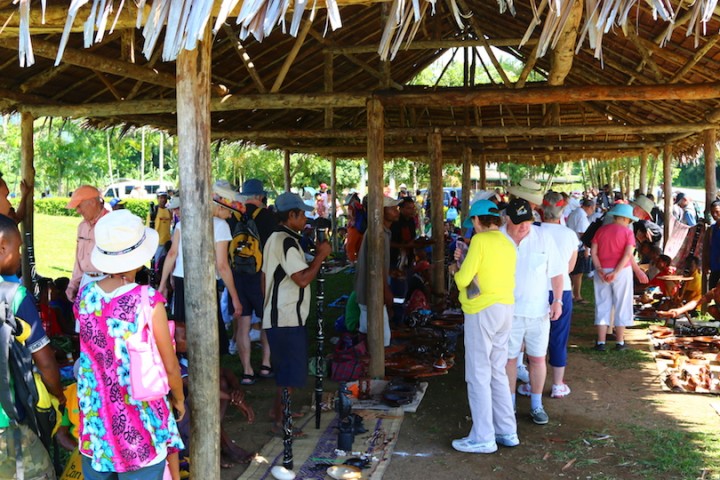
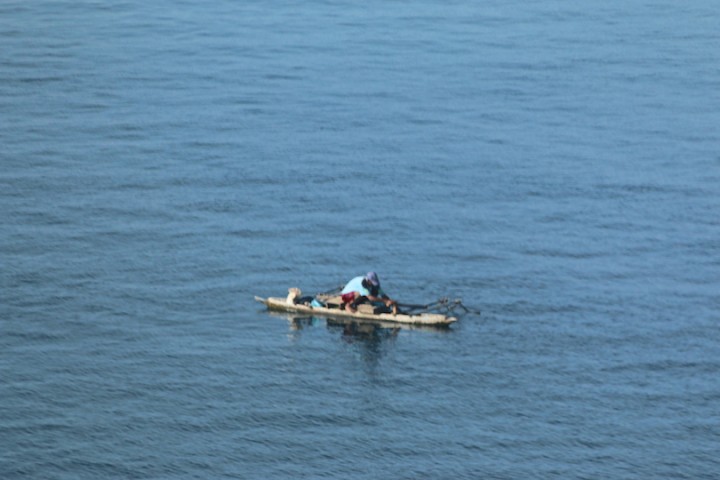
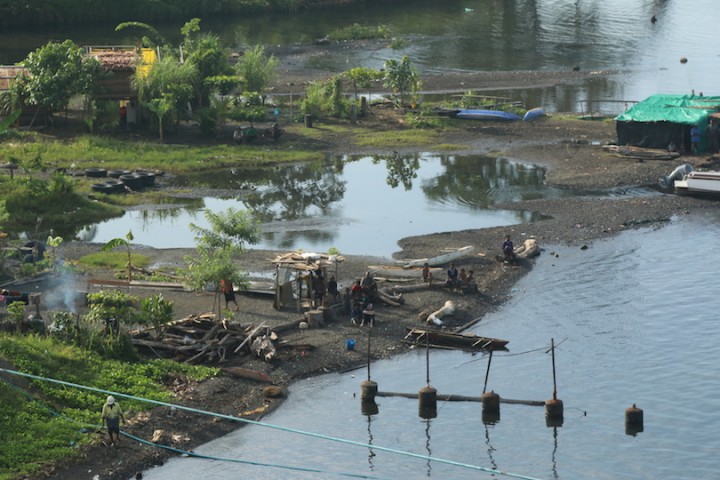
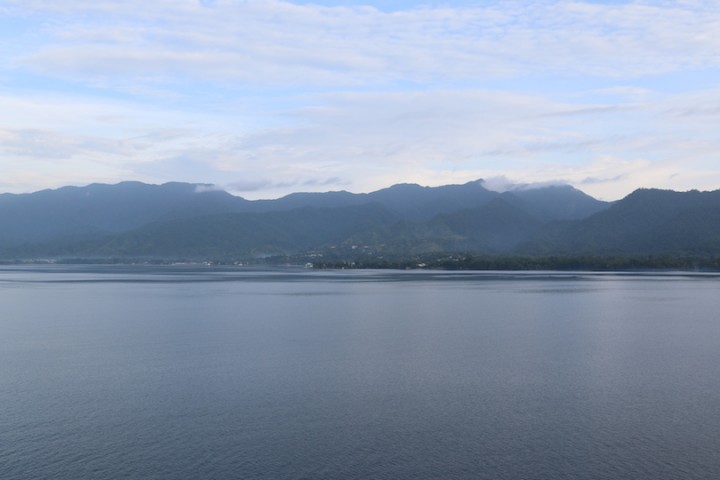
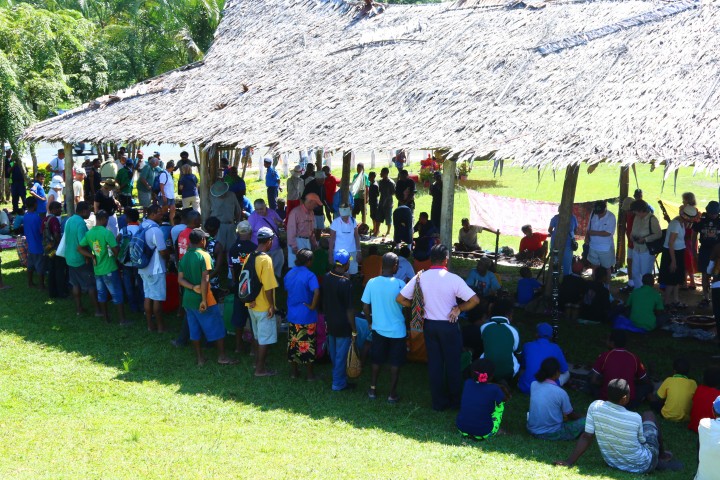
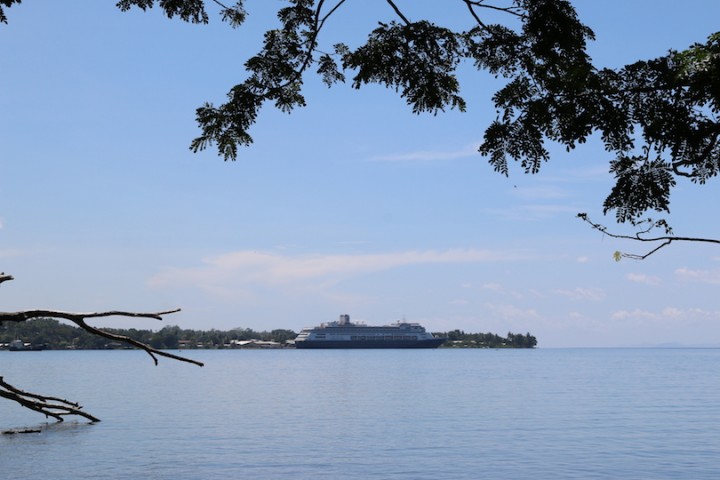
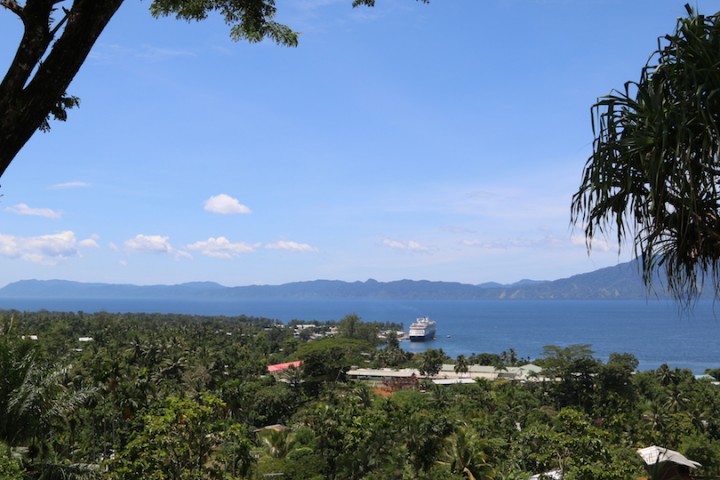

Such an interesting account of an important battle. Love the pictures. Hugs Jane and Barry
Captain Jonathan,
Thanks for your fine pictures and history.
Regards and Cheers!
My father-in-law fought here during WWII , thank you for the history lesson of the area. If he were still with us I know he would have enjoyed your pictures and comments of the area.